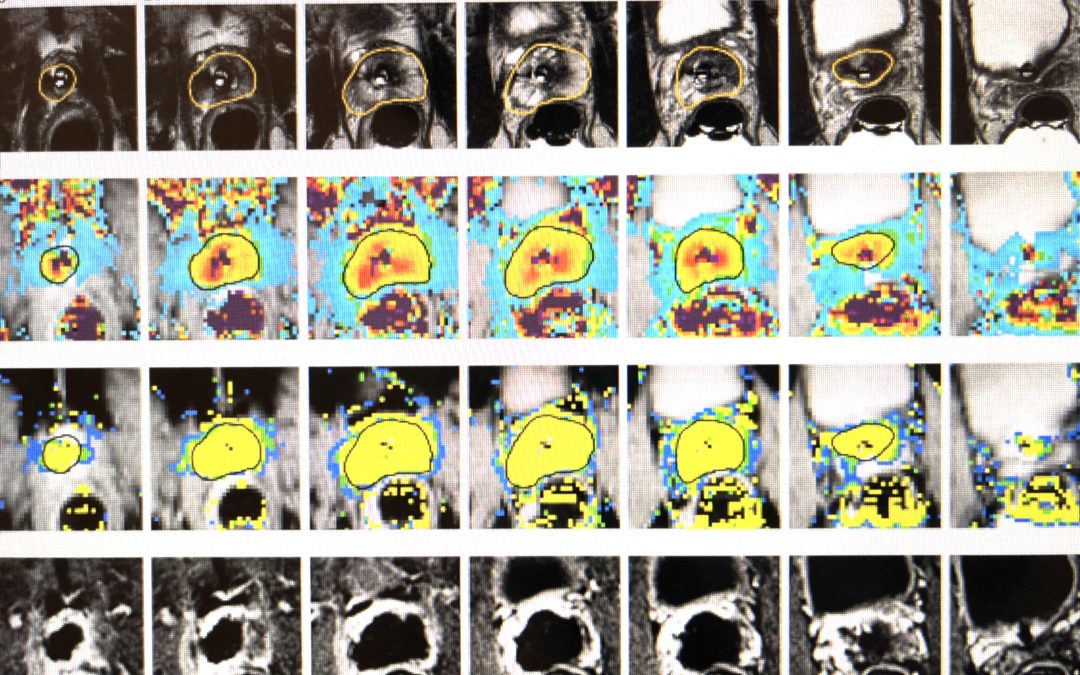
by Busch Center | Dec 15, 2023
At RSNA 2023 in Chicago, Dr. Busch presented on the retrospective analysis of MRI-guided transurethral ultrasound ablation (TULSA) in prostate cancer lesions at the extreme apex. The clinical findings show TULSA is a promising prostate cancer treatment with minimal...

by Busch Center | Jun 14, 2022
When my dad suffered a pulmonary embolism in October of 2021, we were in shock. At 64 years of age, Morris is a relatively healthy man with no prior issues. So – after returning home from a six-day stay in the hospital, we began our healing journey. We embarked on the...

by Busch Center | Jun 7, 2022
In the medical field, it’s unfortunately still common practice to recommend a prostatectomy directly following a prostate cancer diagnosis despite the growing knowledge of safer alternatives. Prostatectomy surgery involves removing the prostate which can lead to a...

by Busch Center | Feb 3, 2022
One of the most widely-read and highly-cited journals in the field of urology recently featured the TULSA-PRO system used at Busch Center. A study analyzing the treatment of 115 men using TULSA-PRO graced the cover of the Journal of Urology, giving doctors across the...

by Busch Center | Jan 16, 2022
Benign prostatic hyperplasia (BPH), also called prostate gland enlargement, is very common in older men. By age 60, over one-half of men have BPH; by age 85, the number climbs to 90%, according to the American Urological Association (AUA). An enlarged prostate gland...

by Busch Center | Aug 10, 2021
Diet is always an important part of reducing your risk for disease and health complications. The Busch Center team encourages the patients we’re monitoring to take care of themselves with a healthy diet. While some doctors may recommend cutting out caffeine, we don’t...







